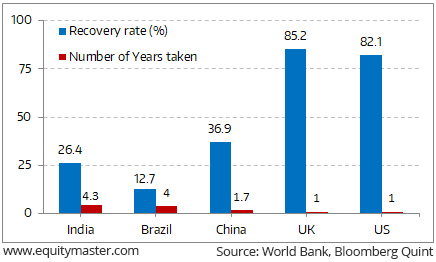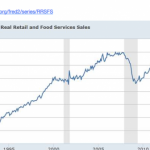After opening the day flat, Indian share markets witnessed selling pressure and are currently trading in the red. Sectoral indices are trading mixed, with stocks in the IT sector and stocks in the PSU sector witnessing maximum selling pressure.
The BSE Sensex is trading down 100 points (down 0.3%) and the NSE Nifty is trading down 30 points (down 0.3%). Meanwhile, the BSE Mid Cap index is trading down by 0.2%, while the BSE Small Cap index is trading down by 0.1%. The rupee is trading at 63.75 to the US$.
In news from stocks in the banking sector. The government unveiled the first tranche of the massive 2.11 trillion bank recapitalization plan. The government will infuse a total of Rs 881 billion into 20 public sector banks which account for more than 80% of the colossal R s8.4 trillion worth of bad loans.
The money will go to all public sector banks but one – Indian Bank.
11 lenders under the Reserve Bank of India’s Prompt Corrective Action will together receive Rs 523 billion or the lion’s share of the total amount. These are banks that cannot even meet the regulatory minimum in capital.
Loan Recovery Data of Major Economies

Public Sector banks (PSB) had a field day on 24th October 2017 after the government’s announcement of the recapitalisation plan. Under the plan, it is set to inject Rs 2.11 trillion into public sector banks over a period of two years. State-run bank stocks went up from 30% to 49% in a day.
The government’s move was mainly aimed at resolving the long standing non-performing assets (NPA) problem of PSBs. It is expected to shore up the capital of state-run banks, spurring them to clean up the bad loan mess and revive lending.
But if historical data is anything to go by, implementation of such initiatives take a long time, especially in India. Recovery takes the longest time here as compared to other developed nations. India takes an average of 4.3 years to resolve insolvencies as compared to one year in the US. Also, recovery rates in India are amongst the lowest at 26.4%.













Leave A Comment